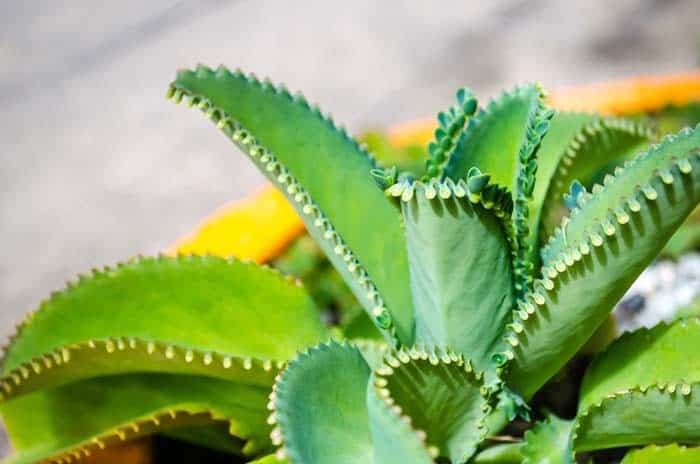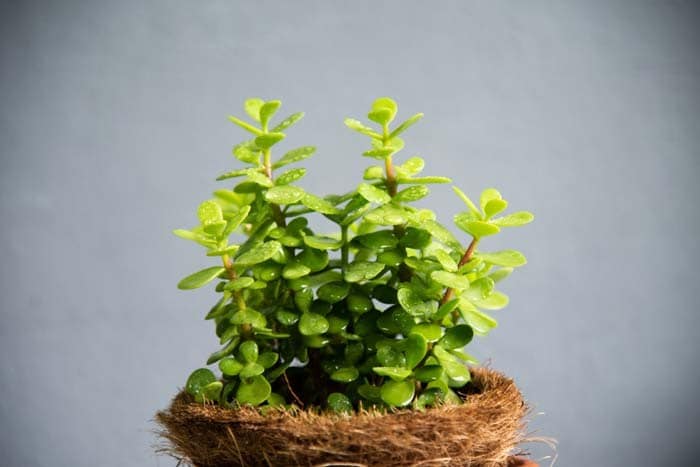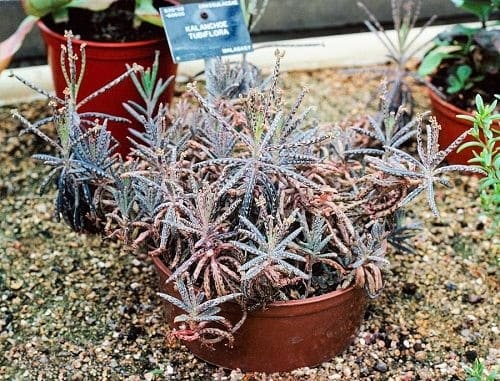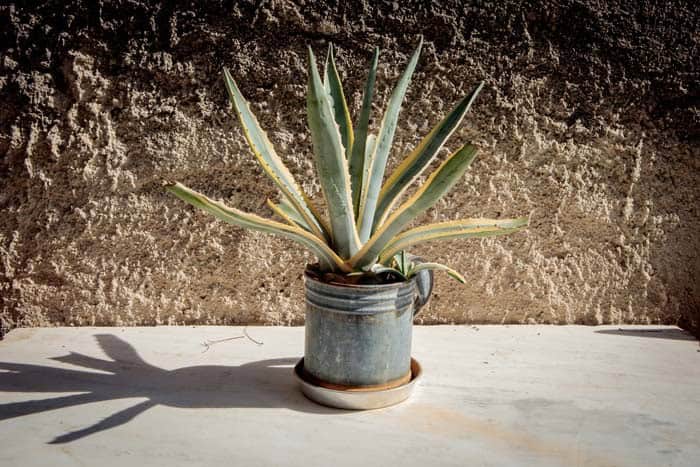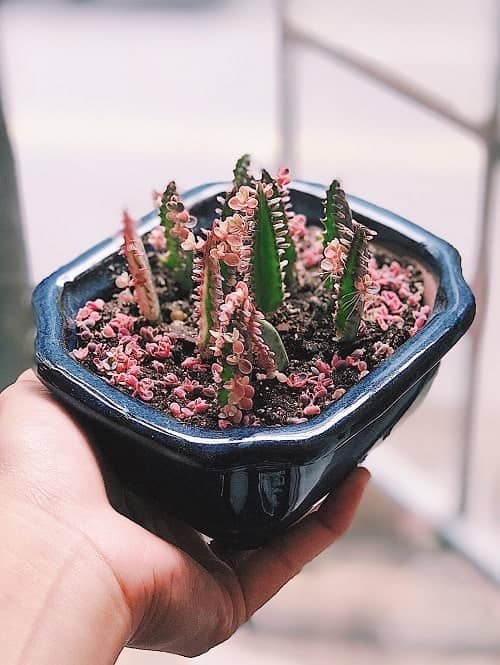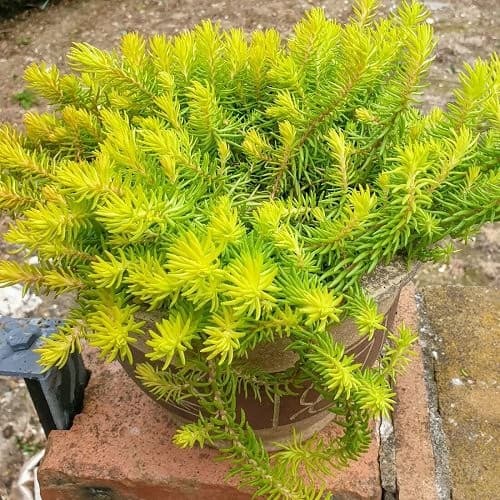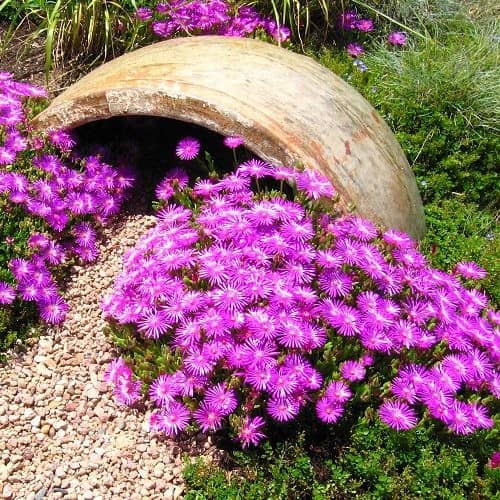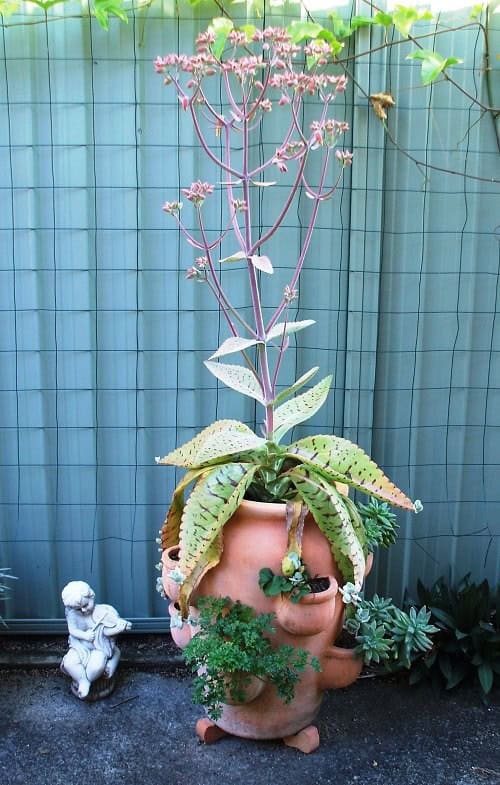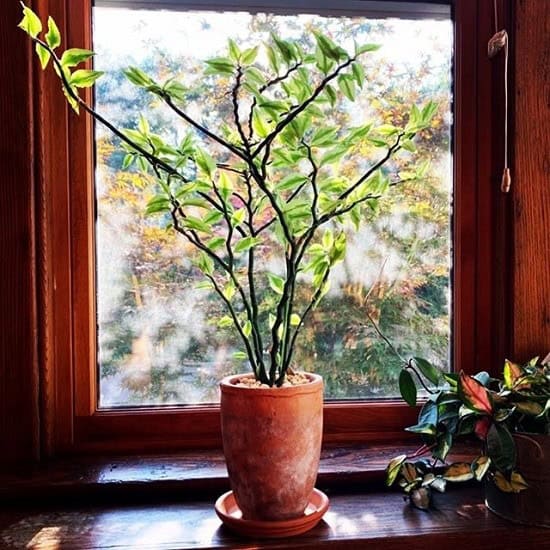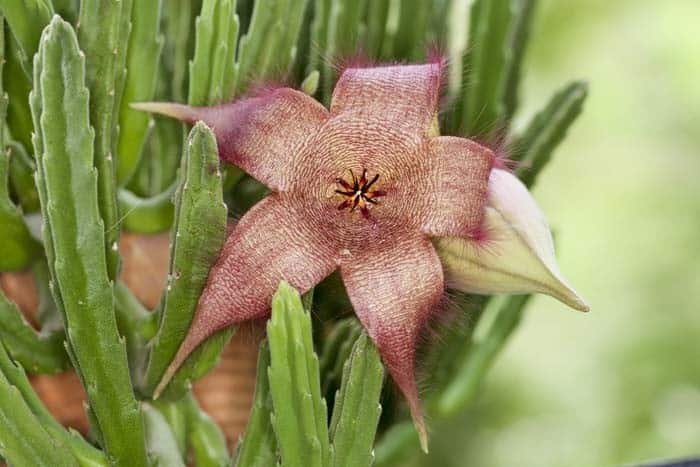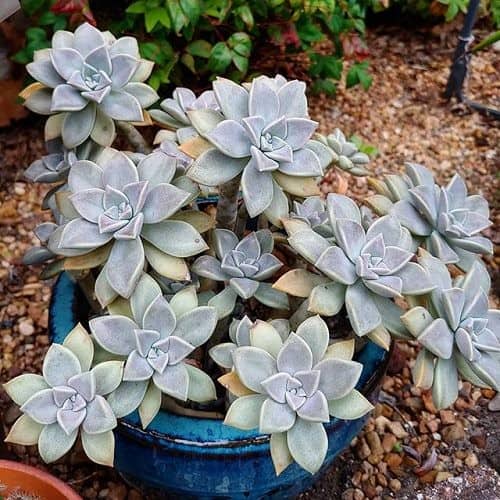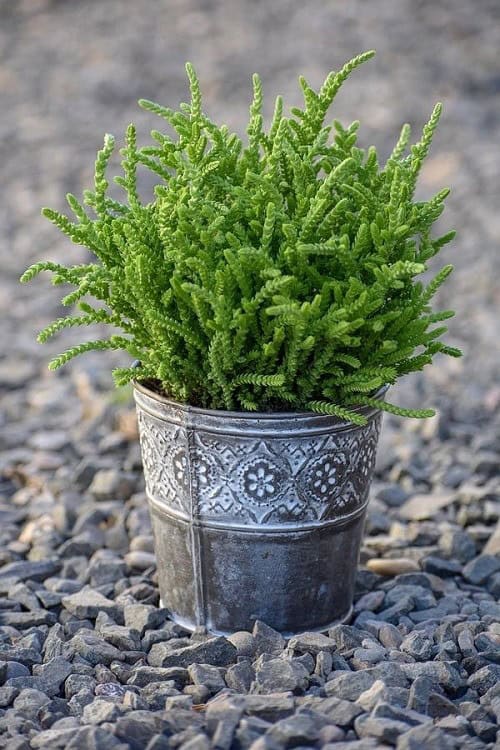While succulents are often thought to be low-maintenance, they still require specific conditions to thrive. However, some species are more forgiving than others and can grow rapidly with minimal care. In fact, there’s a selection of stunning succulents that can even multiply quickly, making them perfect for beginners or those looking for a hands-off gardening experience.
Let’s take a closer look at 12 of the most impressive and easy-to-grow succulent varieties that will have you enjoying their beauty in no time.
Mother of Thousands
This succulent boasts an invasive nature, reproducing through plantlets that emerge from its leaves. Reaching up to 1 meter in height, it flaunts long and wide leaves that set it apart from other Kalanchoe varieties. A distinctive feature of this species is the presence of bands or spots on the reverse side of its leaves. For optimal growth, this succulent thrives in dry, sunny environments, making a rock garden an ideal location.
However, it’s crucial to note that cold temperatures can be detrimental to its health.
Elephant Bush
Portulacaria Afra, commonly referred to as the Elephant bush, is an excellent choice for novice houseplant enthusiasts. Its unique oval-shaped foliage makes it easily recognizable among other succulent species. What’s more intriguing is that this plant can grow remarkably tall, reaching heights of up to 4.5 meters when provided with suitable care and growing conditions. While its name might suggest a bush-like appearance, the Elephant bush is actually capable of developing into a small tree.
Chandelier Plant
Hailing from Madagascar, the Chandelier plant has become a popular houseplant globally. Its remarkable ability to reproduce via decaying leaves makes it one of the most prolific succulent species. When the weather turns cold, this plant’s slender silhouette is elevated by clusters of tubular flowers at its stem tips, providing a welcome burst of color and cheer during winter months.
Agave
Among the most well-known species within the agave family are Agave americana, Agave attenuata, and Agave tequilana. The first, Agave americana, is also referred to as the century plant or American aloe. This versatile succulent can thrive either in the ground or when container-grown. Its unique rosettes emerge annually, showcasing its sharp, spiky leaves. For enthusiasts of this striking species, propagation via offsets from the base of the stem is a straightforward and effective method.
Pink Mother of Millions
One of the most striking features of Kalanchoe ‘Pink Butterflies’ is its vibrant pink hue, which stems from the absence of chlorophyll in the tiny plantlets that adorn the leaf edges. This unique characteristic makes it a standout among succulent enthusiasts. While its beauty may require a bit more attention and care, the reward lies in its unusual and attractive appearance.
Sedum
Sedum care is remarkably straightforward once the plant has taken root. This hardy perennial thrives, producing star-shaped blooms arranged in clusters that are sure to attract pollinators. Its rapid growth and low maintenance make it an ideal choice for a ground cover or addition to any garden. In fact, sedum’s popularity extends beyond gardening enthusiasts, as it also serves as a valuable resource for these essential creatures.
Interestingly, there are two distinct types of sedum.
The first variety is characterized by its compact growth habit and bright yellow flowers, while the second type boasts an upright stature and vibrant magenta clusters that add a pop of color to any landscape.
Ice Plant
Ice plant, a remarkable drought-tolerant succulent, boasts a striking visual display of purple flowers that rise above its deep green stems and leaves. The delicate petals possess a mesmerizing texture reminiscent of shimmering metal, expertly reflecting the warm hues of the sun. As an added bonus, this fast-growing succulent can thrive in a variety of settings, including rock gardens, as a decorative edging plant, or even in containers on your porch.
When it blooms, typically in June and persisting until fall, you’ll be treated to a prolonged display of vibrant purple petals that add a pop of color to any outdoor space.
Donkey Ear Plant
The Donkey Ear Plant, named for its distinctive leaf shape and position, is a fast-growing succulent that can reach up to 45 cm in height. Its vibrant flowers are a magnet for hummingbirds, butterflies, bees, and other pollinators, making it a popular choice for gardeners. But this plant’s beauty is only half the story – its leaves have been used in traditional medicine to heal a range of ailments, from headaches and flu symptoms to skin cuts and burns.
Despite being a relatively low-maintenance addition to any garden, the Donkey Ear Plant truly comes alive when it blooms, typically in the fall, making it a stunning sight to behold.
Devil’s Backbone
Euphorbia tithymaloides is multifaceted, boasting a plethora of nicknames including redbird flower, devil’s-backbone, cimora misha, and Christmas candle. This charismatic plant has earned its place in many gardens due to its remarkable growth rate, impressive stature, and understated charm. Capable of reaching heights of up to 2.4 meters, the shrub is a visual treat each spring as it bursts into bloom.
Carrion Flower
The succulent in question belongs to a sprawling family of plants, characterized by its striking floral display. However, what sets this particular species apart is its pungent aroma, often likened to the unpleasant scent of rotting flesh. This peculiar odor serves as a unique attractant for flies, which play a crucial role in pollination, while also allowing the plant to capitalize on carrion-scented nutrients.
Ghost Plant
The Ghost succulent boasts striking leafy rosettes that adapt their hue according to the surrounding shade conditions. As it thrives in dry, sunny spots, the leaves transform into a pinkish-yellow spectrum. In contrast, when planted in partial shade, the rosettes take on a captivating blue-grey tone.
With its low-maintenance requirements, this succulent is an ideal choice for a rock garden or potting scheme, where it can be paired with blooming flowers or other succulents to create a visually appealing display.
Lizard’s Tail Succulent
The Watch Chain succulent, also known by its creeping moniker, is an ideal choice for hanging baskets due to its rapid branching habit. Despite its modest height of no more than 30 cm, the plant boasts a luxuriant foliage that’s densely packed along its stems. The small, light green leaves are tightly spaced and add to the succulent’s overall visual appeal. In early spring, the Watch Chain produces small, yellowish flowers that bloom throughout mid-summer, providing a vibrant display of color.

